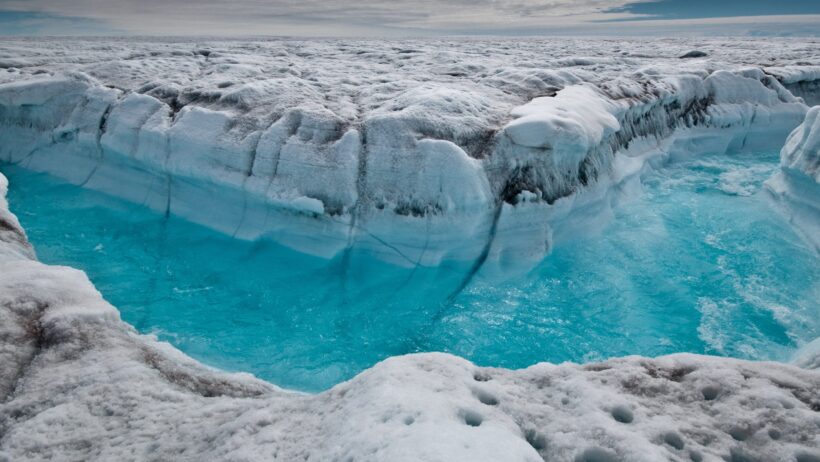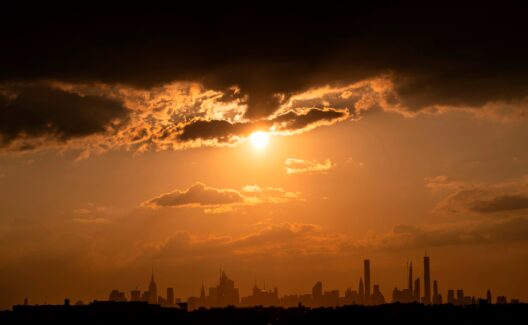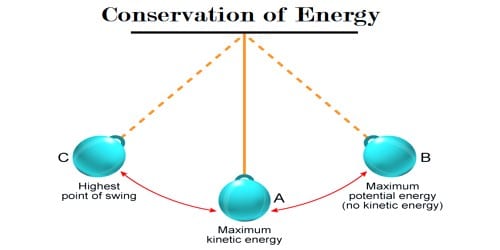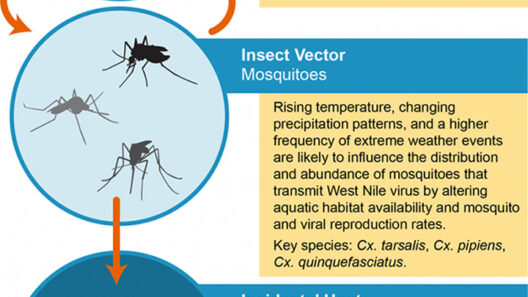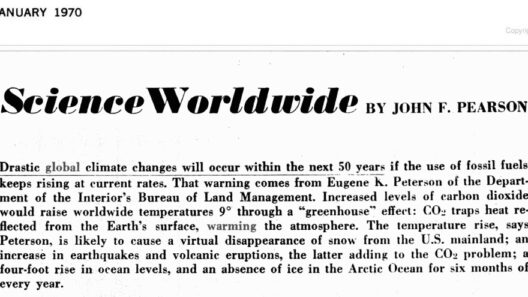The majestic ice sheets that cloak our planet’s poles are akin to ancient sentinels of the Earth, their sprawling expanses both magnificent and perilously fragile. They carve a history etched in crystalline structures, yet the question remains: do these colossal masses of ice melt naturally without the influence of global warming? To unravel this enigma, we must journey into the complexities of Earth’s climatic machinations.
Traditionally, the ice sheets of Greenland and Antarctica have oscillated between periods of growth and retreat. This natural ebb and flow can be likened to a pendulum, swinging in response to various environmental stimuli. Ice sheets expand during cooler epochs and recede in warmer times, a testament to Earth’s dynamic climate system. However, the discourse around this cyclical pattern necessitates a deeper examination of both natural and anthropogenic factors influencing these changes.
Natural melting of ice sheets can occur as a consequence of multiple long-term climatic processes. One salient factor is the Milankovitch cycles, which describe variations in Earth’s orbit and axial tilt. These astronomical phenomena lead to fluctuations in solar radiation received at different latitudes, thereby influencing long-term climatic trends. Over thousands of years, increased solar energy can foster conditions ripe for ice melt, causing sheets to fracture and retreat. This natural variability, however, is often dwarfed by current anthropogenic influences that exacerbate warming trends.
Complementing the Milankovitch cycles are the fundamental geothermal processes occurring beneath the ice. The Earth’s crust possesses pockets of heat, emanating from the planet’s core, which can affect ice sheet dynamics. In some regions, like Antarctica, geothermal heat serves as a catalyst for basal melting. While this is a natural mechanism, it intertwines with the current narrative of global warming, highlighting the intricate dance between natural processes and human-induced changes.
Ocean currents, too, play a pivotal role in the melt dynamics of ice sheets. The interplay between temperature gradients in ocean waters and ice can lead to increased melting, particularly around the margins of ice sheets where warm oceanic water intrudes. However, it is critical to note that present-day ocean temperature anomalies are largely a byproduct of climate change, woven into the fabric of our warming planet.
The unique geography of ice sheets—thousands of feet thick, resting precariously on land and sea—compounds the complexity of their behavior. The Greenland Ice Sheet, for instance, is a tantalizingly delicate balancing act. Its surface melting can occur naturally due to seasonal variations, yet these events have intensified in recent decades due to rising global temperatures, pushing the boundaries of natural variability.
Additionally, the phenomena of calving, where large chunks of ice break off and fall into the ocean, presents yet another layer of complexity. While calving has always occurred, the increased frequency and scale are alarming indicators of accelerated ice loss. The mechanisms underpinning calving, such as the structural integrity of ice, the presence of meltwater, and the impact of ocean currents, exemplify both natural processes and the escalatory effects of climate change.
While nature is indeed capable of causing fluctuations in ice sheet stability, the alarming accelerated melting observed today cannot be disentangled from the overwhelming heat generated by human activities. The current consensus within the scientific community posits that anthropogenic climate change is not merely an additional weight on the scales but a primary force reshaping the delicate equilibrium of the ice sheets.
This transformation presents dire consequences; as ice sheets melt, they contribute significantly to sea-level rise, posing existential threats to coastal communities worldwide. The resilience of species and ecosystems, intricately tied to the stability of these frozen masses, is also at stake. The interconnection of ecosystems and climate signals is profound; perturbations in one can reverberate through the other.
To observe the ice sheets in their current state is to witness the disquieting aftermath of climatic upheaval—a narrative of loss where one might expect endurance. The melting of ice sheets underpins the urgency of the climate discourse, with advocates rallying for awareness around the acceleration of natural processes under the insidious influence of global warming. Natural processes do account for cyclical changes; however, the contemporary landscape is undeniably punctuated by anthropogenic pressures, raising critical questions about humanity’s role in this planetary narrative.
Understanding the melting of ice sheets is not solely an academic exercise; it represents a clarion call to action. As stewards of the Earth, recognizing the gravity of our influence opens pathways to mitigate, adapt, and perhaps restore the delicate balances we have upset. Engaging in conservation and pursuing sustainable practices lays groundwork for future generations, ensuring that these ice-bound titans endure as more than mere memories etched in history.
In the final analysis, the natural world operates on a continuum of interactions—complex, multifaceted, and continuously evolving. While ice sheets can and do melt naturally, the current context reveals a stark reality: our activities now dictate the pace and scale of change. These ancient sentinels need our respect and urgent attention, as they capture the essence of our climate’s past, present, and future. The challenge posed by their melting is a reflection of our larger interplay with the Earth; it is an invitation not just to observe, but to act decisively in fostering a more sustainable world.



